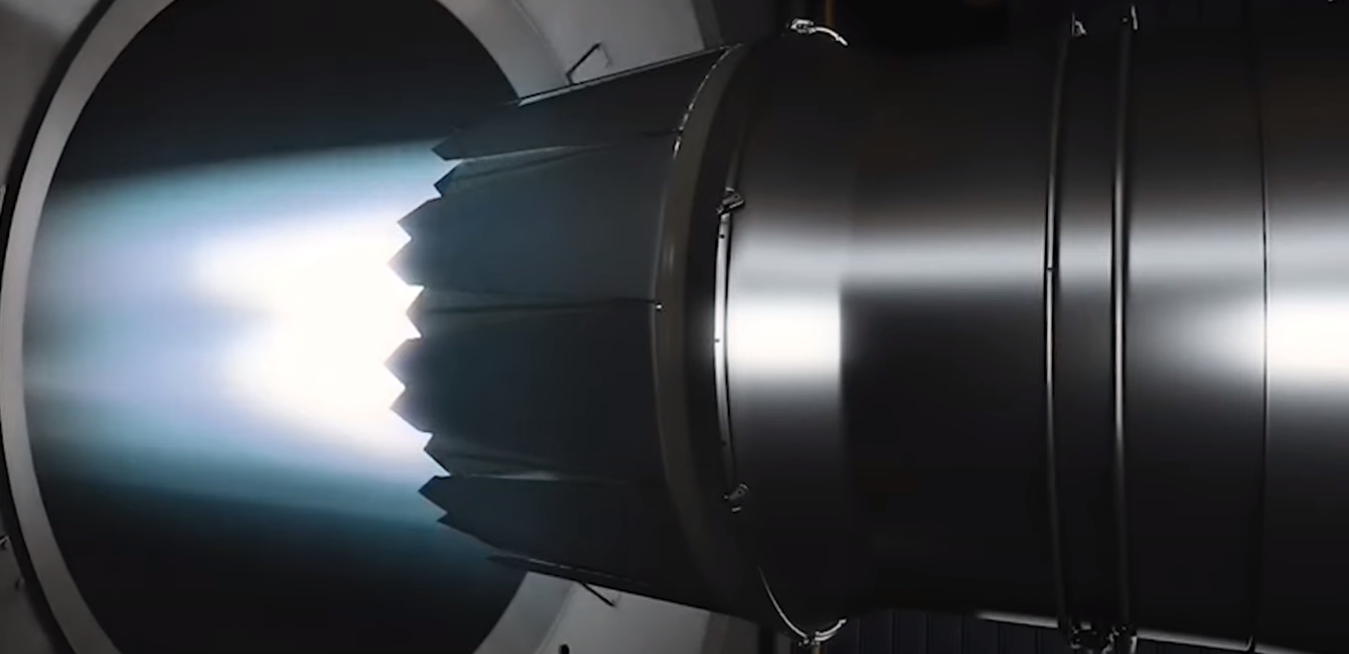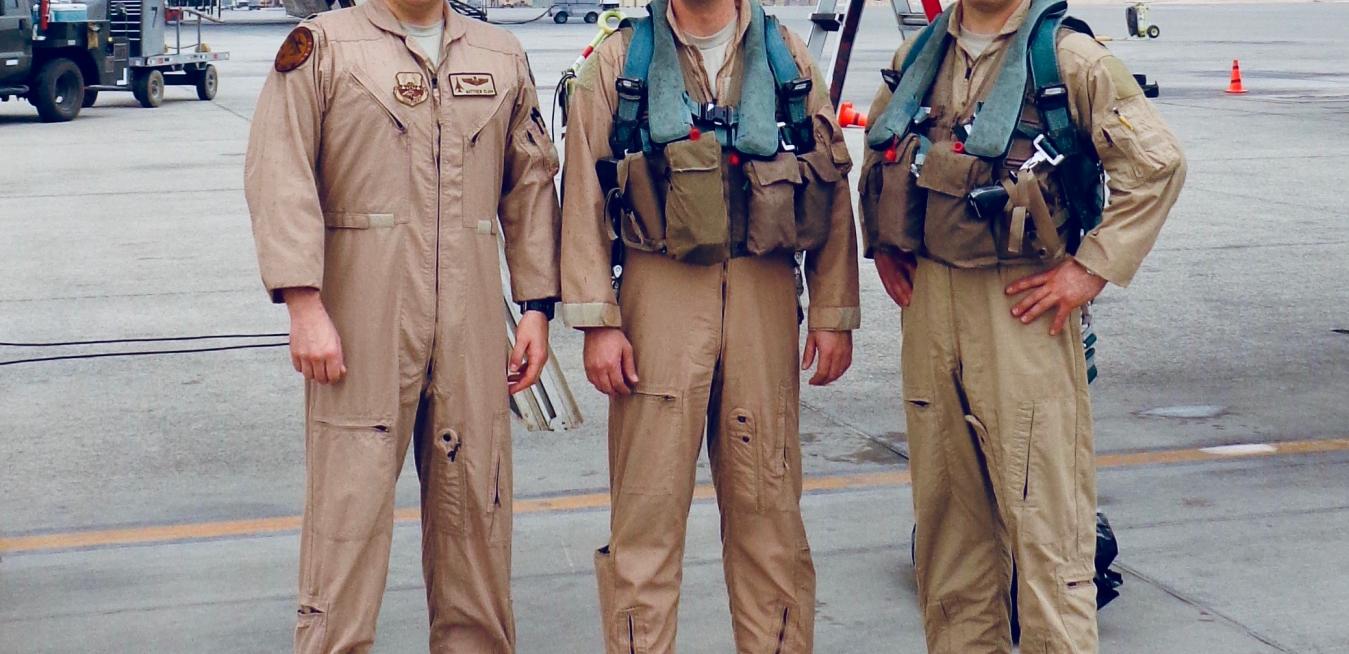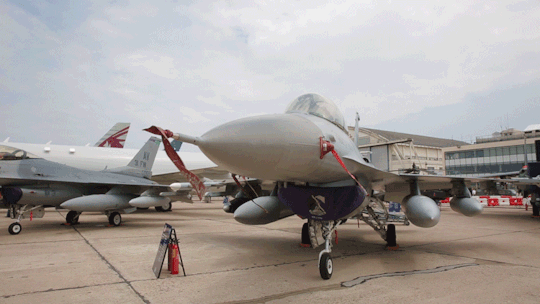When David Tweedie describes what it’s like working on the XA100, a fighter jet engine that has been designed to adapt for improved fuel burn on long patrols or increase thrust in combat situations, he compares it to a robot that could have leaped off the pages of a comic book.
Few sights are more terrifying than a surface-to-air missile (SAM) targeting you while flying a B-1B bomber 25,000 feet over a hostile part of Iraq at 600 mph. But retired U.S. Air Force Lt. Col. William Dobbs surprised himself in 2003 by remaining preternaturally calm when he alerted his crew members that a missile launch tone had sounded. His only concession to anxiety, he acknowledges ruefully: “My voice came out several octaves higher than normal.”







